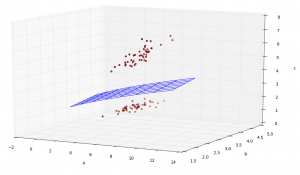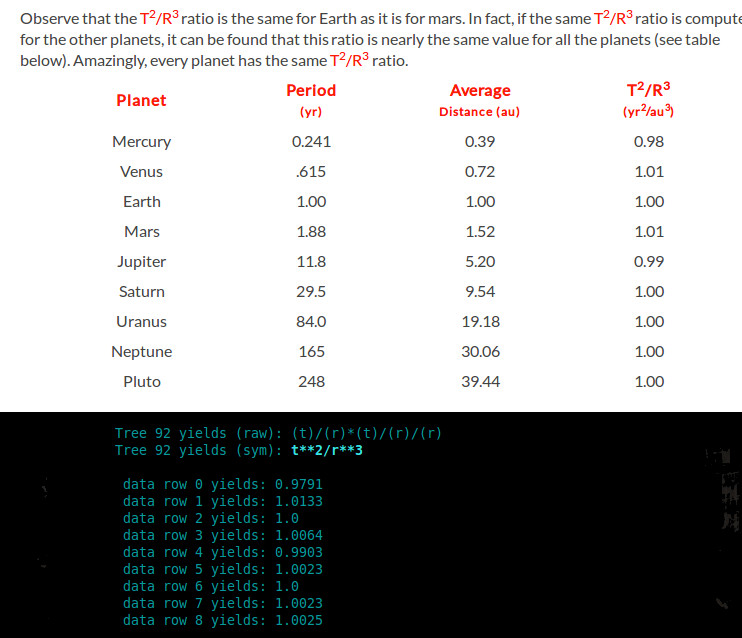GP update 2015 09/25
(email to my fellow researchers)
Today marked the first official day of Karoo GP processing KAT7 data.
My first run was with depth 5 trees against 10,000 lines of data with 5 features. The multi-core functionality saved my recursive ass as the first 10 generations of 100 trees took just over 5 hours to process.
In the end of this minimisation function, there were 3 trees presented as having the best fitness, 2 of which shared the same polynomial expression. I think that is a good sign, but not certain yet.
Precision was 86% for both. Recall quite a bit less.
I sent the first run back into another 20 generations (a new feature I added to Karoo GP this week which allows you to continue the evolution indefinitely), and started another run with the same settings, to see if it converges on anything close to the first set of equations.
Will find out on Monday …
kai


